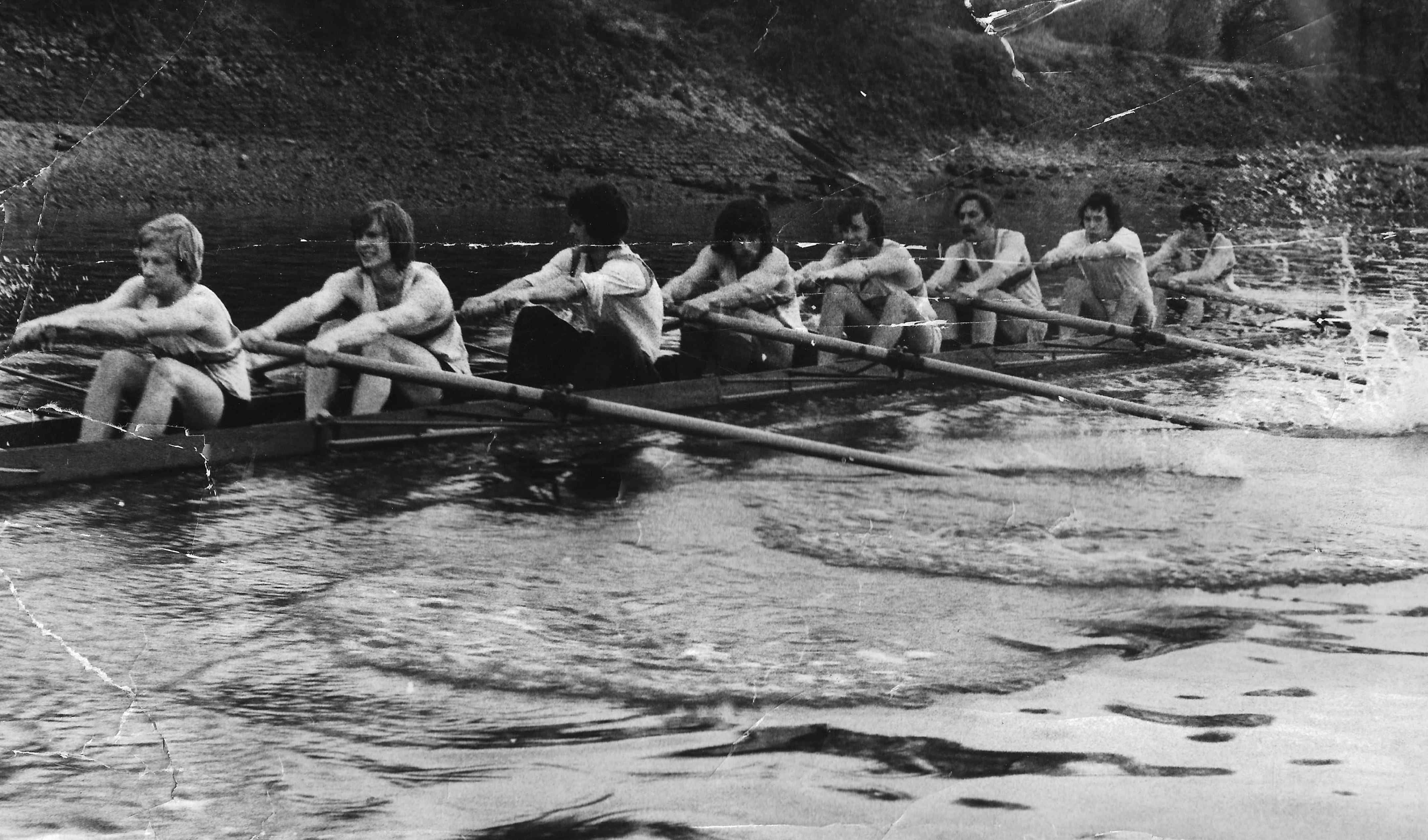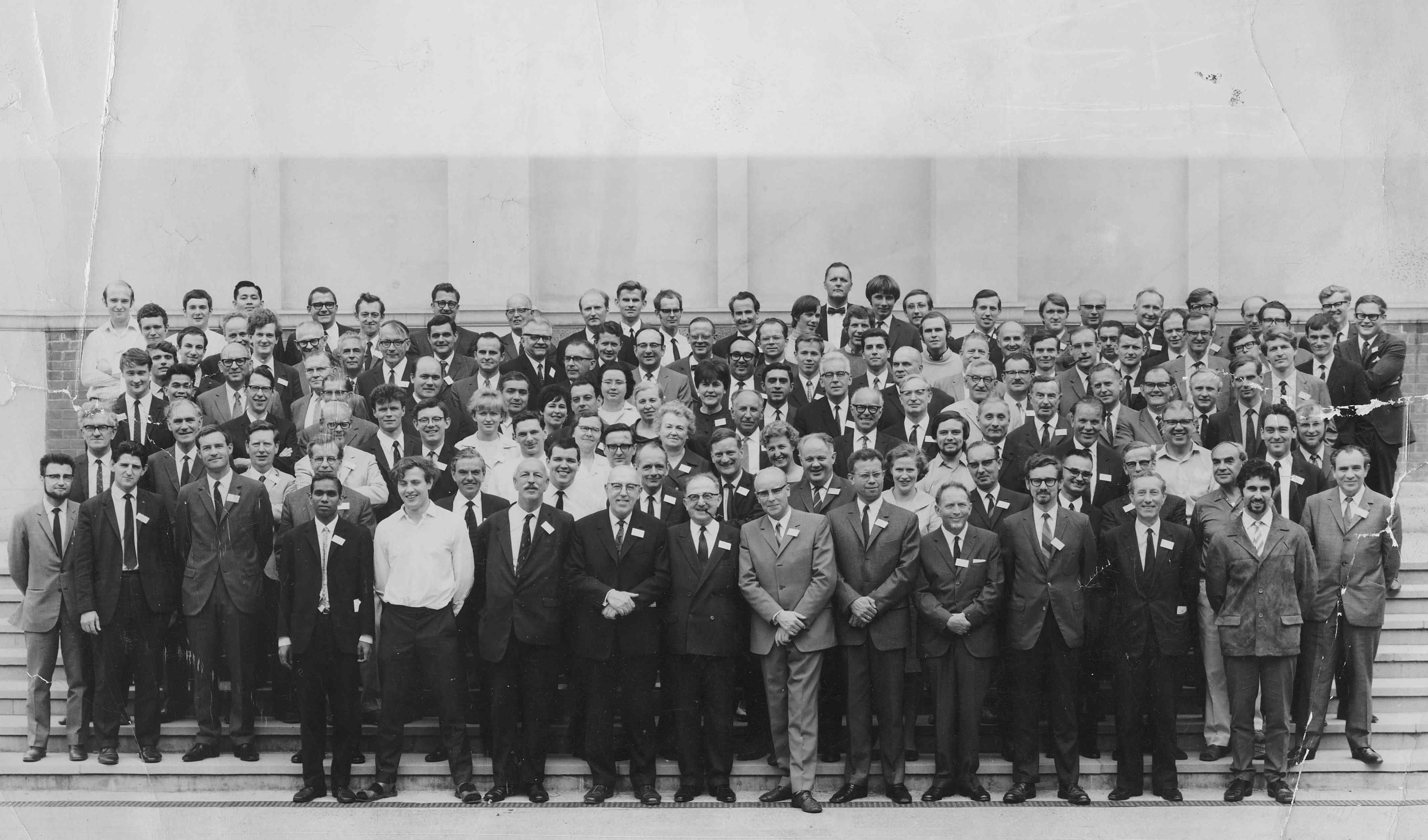Head of Department: Sir Hugh Ford, Head of Mechanical Engineering 1966-1978, FRS, President of IMechE and Institute of Metals, Pro-Rector of Imperial College, knighted in 1975
Teaching
Modules on Economics, Management and Integrated Design, and Computing were introduced, and the Industrial Sociology Section was developed. The five year Total Technology course was a personal project of Sir Hugh’s, aimed at combining engineering science with decision making in the context of commercial activity. This industry-university collaboration pioneered by Ford would later become crucial for IMechE accreditation. Students spent a year in industry before commencing their academic studies, which included either Communications or a foreign language. Entry requirements were B, C, C at A-Level. A four year undergraduate course was launched in 1977.
Research
Research into Fracture Mechanics and the Mechanics of Materials yielded many industrial applications, including analysis of crack damage to Big Ben. The first Professor of Lubrication Engineering was appointed in 1972. The “Lube Lab” contained a successful rowing team and helped design a boat pioneering the use of carbon fibre (in collaboration with the Aeronautics Department); the boat was used in the 1976 Olympics. The Biomechanics group was established, working closely with medical professionals and producing a prosthetic knee, one of Imperial’s first commercial patents; the new science of Computational Fluid Dynamics evolved out of the Thermofluids Section. The first pocket calculators (HP35, at a cost of £200 each) revolutionised engineering research, and by the early 1970s the Department had its own computer, a CDC Mainframe with an operator to enter punched card data.
London
The late 1960s saw British music and fashion become globally popular, with London’s Carnaby Street and King’s Road the epicentre of style and innovation. Student occupation protests in 1968 triggered unrest across the world, including in London at the London School of Economics. However, at Imperial, the City & Guilds Union took little part in student protests, causing one chronicler to comment that "perhaps there is some factor in engineering studies which strongly inhibits political excitability"3. The Piccadilly Line joined Heathrow Airport in 1975; research into the effects of its construction on nearby housing was undertaken by the Vibration Engineering group.
Photo credits:
HP35 photo by Seth Morabito (originally posted to Flickr as HP 35 Calculator) [CC BY 2.0 (https://creativecommons.org/licenses/by/2.0)], via Wikimedia Commons
Rowing team and Limits of Lubrication conference photos from the Imperial College London archives


